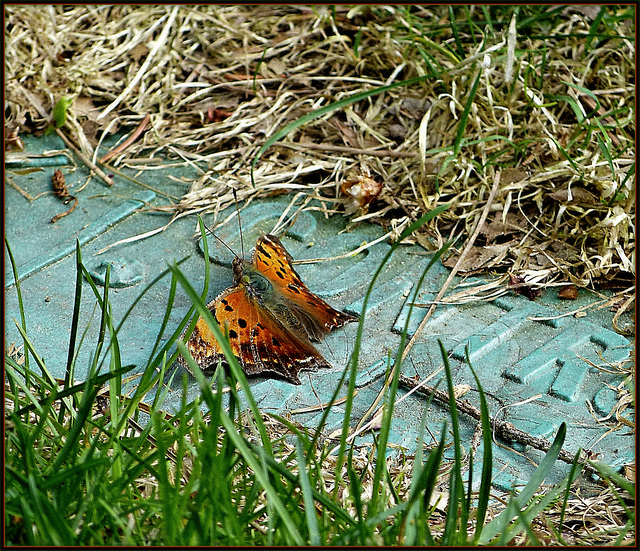Life is Sweetest at its Edge
A Great Star Has Fallen From Our Sky
Backlit
Late Summer Bounty
Black-Crowned Night Heron (adult)
Majestic Feline
Deep in the Thicket
Warmer Climes
Hanes Classic
Alone At Last
Giving and Taking
Hanes Classic (color)
After Glow
The Hat Weaver
The Hat Weaver (b&w)
Air-Plant Spectacular
Deep Cover
End of an Era - The Passing of the Purple Reign
Purple Rain
Young Doe, Obscured by Branches
Standing Firm in the Face of Adversity
Little Wood Satyr (Megisto cymela)
Hidden Gateway
Diagonal (b&w)
Black Crowned Night Heron
Earth, Sea and Sky (color)
Diagonal
Earth, Sea and Sky (sepia)
Anatomy of an Infestation
Oh Canada!! III
The Heart is a Lonely Hunter III
"Trumpets Voluntary"
Greener Times
Proof of Love II
Moveable Feast II
Out of the Black and Into the Blue
The Digital Age
Hipsters with Canines (color)
Dignity in the Freezing Rain
Backlash
New Leaves in Flight
New Leaves in Flight (color)
Hipsters with Canines
Black Iris in Late Afternoon Light
Eastern Bumblebee on Milkweed Flowers
See also...
Spring at Last


Newly emerged from metamorphosis, this beauty dries it wings in the faint sunlight. Nature preserve, May, 2015
Throughout its range, from sea level to moderate elevations, the Eastern Comma (Polygonia comma) is associated with rich deciduous woodlands. It occupies forest clearings, sunny spots along woodland roads, and open areas in the vicinity of its food plants, not uncommonly in close proximity to buildings. This butterfly seldom visits flowers, but rather feeds on sap, rotting fruit, salts and minerals from puddling, and dung.
Throughout its range, from sea level to moderate elevations, the Eastern Comma (Polygonia comma) is associated with rich deciduous woodlands. It occupies forest clearings, sunny spots along woodland roads, and open areas in the vicinity of its food plants, not uncommonly in close proximity to buildings. This butterfly seldom visits flowers, but rather feeds on sap, rotting fruit, salts and minerals from puddling, and dung.
, , Lebojo, William Sutherland have particularly liked this photo
- Keyboard shortcuts:
Jump to top
RSS feed- Latest comments - Subscribe to the comment feeds of this photo
- ipernity © 2007-2025
- Help & Contact
|
Club news
|
About ipernity
|
History |
ipernity Club & Prices |
Guide of good conduct
Donate | Group guidelines | Privacy policy | Terms of use | Statutes | In memoria -
Facebook
Twitter

Sign-in to write a comment.